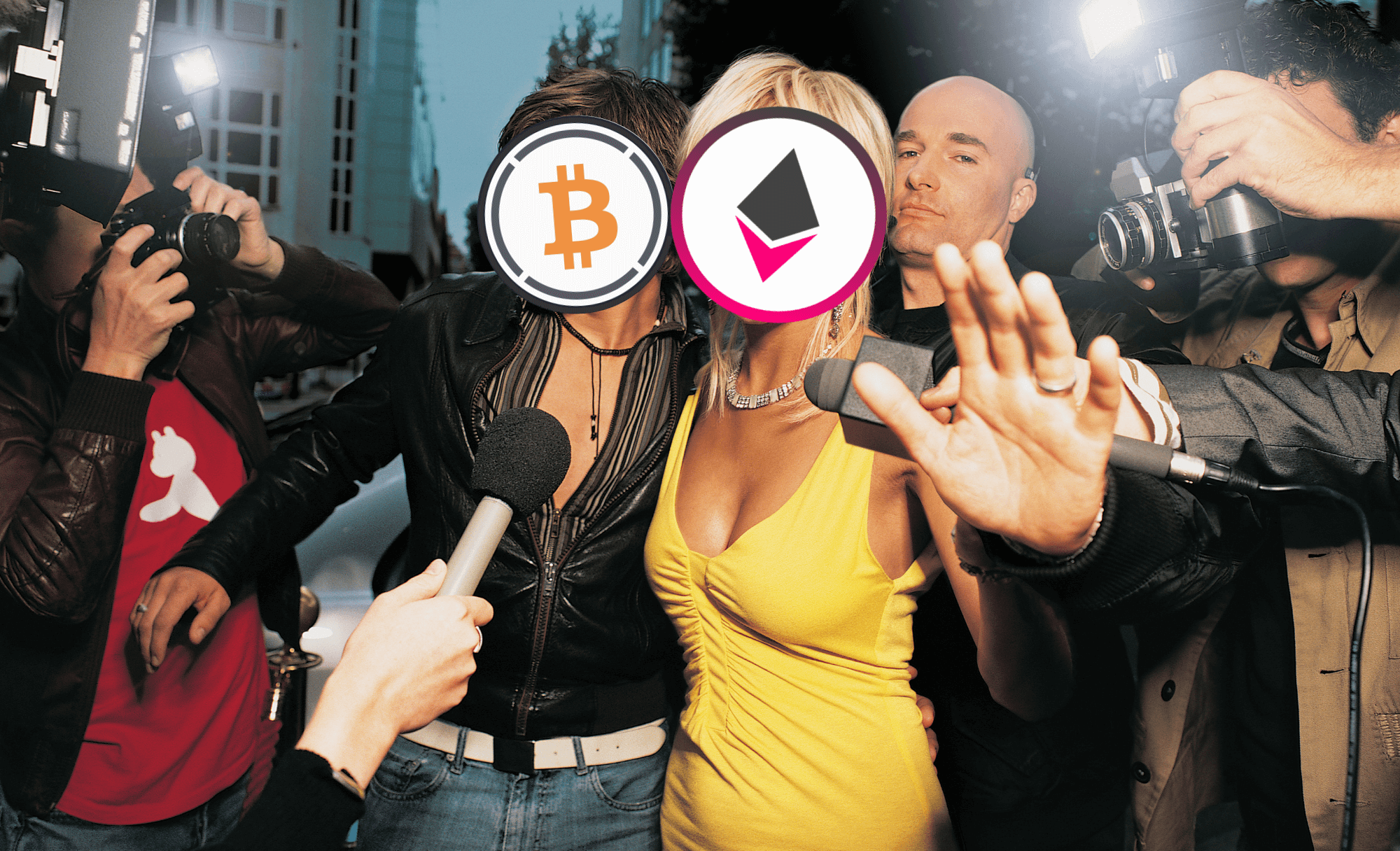Learn everything there is to know about wrapped tokens - including their benefits, use cases, and history!
A wrapped token can be described as a perfectly-functioning replica of a cryptocurrency asset, with one crucial difference - the "wrapping" now allows it to be used on non-native blockchains that previously would not have been able to support the original asset.
The whole concept behind wrapped tokens revolves around interoperability, which promotes cooperation and compatibility between different blockchains so that users can make the most of their investments with flexible options.
How do wrapped tokens work?
In order to wrap your tokens, you must first send the desired amount of the original asset to a custodian, who will "wrap" or safekeep it for you. However, a wrapped asset holds the exact same value as the original asset - which would be a problem if both existed at the same time. Imagine making something from nothing; that would negatively impact the perceived value/supply of a token!
As a result, the custodian must lock up the original asset before minting the new wrapped asset for you. These are placed in a special isolated vault, and will act as a verified on-chain reserve for your wrapped asset (similar to how USDC is backed by USD).
With your wrapped token, you can now move it across interoperable blockchains and their ecosystem of applications. Some of the most popular ones include Airswap, Compound, CoinList, 0x, AAVE, and Maker. If you wish to exchange your wrapped token back for the original asset, you need only submit a request to the custodian - who will burn the wrapped asset and release the original to you.
Why are wrapped tokens important?
To understand the value behind wrapped tokens, you should know a little about their history and why they were conceived. The very first wrapped token was intended to increase the interoperability of Ether (ETH), which was created before the ERC-20 standard was developed. With the rise of numerous altcoins that were built using the ERC-20 standard, it was critical that there was a way to bridge the gap between ETH and these assets. As a result, wrapped Ether (wETH) was born.
Here are some of the numerous benefits of wrapped tokens:
- DeFi lending and yield generation. Previously, you could not borrow, lend, or earn yields on Bitcoin or Ethereum. In their wrapped form, users can now borrow and lend on a greater number of protocols - and earn passive income from staking, liquidity pools, and yield farming.
- Liquidity injection. Bitcoin used to be completely isolated from the Ethereum ecosystem, but with wrapped Bitcoin - Ethereum traders could now enjoy increased liquidity and ease of trades from new market participants, and vice-versa.
- Collateralization of additional tokens. Added interoperability allows a wider variety of wrapped assets to be put up for collateral, which is especially useful if those assets are more stable. For awhile, ERC-20 tokens could only be collateralized with ETH, which put users at risk to price volatility. Now, they can also be collateralized with wBTC.
- Transaction speed. Clearing transactions for wrapped Bitcoin (wBTC) are far quicker than traditional Bitcoin thanks to the Ethereum blockchain.
- Lower fees. Many wrapped tokens are compatible with Layer-2 networks, which are typically much faster and cost less to use.

What are some popular wrapped tokens?
Wrapped Bitcoin (wBTC) is currently the most dominant wrapped token, with a market capitalization of 5.23B dollars. In 2019, BitGo, Kyber Network, and Ren formed a consortium to develop the token for the sole purpose of connecting Bitcoin with the ERC-20 network.
Presently, BitGo functions as the only custodian that can mint and burn wBTC - preventing it from being fully decentralized. Ren recognized this problem, and decided to develop renBTC (also wrapped Bitcoin) which allows all users to participate in the minting and burning process, and therefore de-monopolizes the power held by custodians.
Last but not least, wrapped Ether (wETH) is the progenitor of them all, with a market cap of just over 1.3B dollars today. wETH was developed by 0x and a handful of other Ethereum projects with the intention of making ETH interoperable with other ERC-20 tokens.
The Takeaway:
The development of wrapped tokens has shown some promise, but is far from mainstream adoption. As more individuals begin to trust and explore decentralized finance, the demand for interoperability and wrapped tokens will inevitably rise.
Finblox does not support any wrapped tokens on our platform, but we do allow you to earn yields directly on the original assets - which eliminates the need for wrapping. This includes Bitcoin, Ethereum, USDC, USDT, and more. Additionally, there are no minimums, no lock-ins, and no limits on when you can withdraw - and rewards are compounded and paid daily!
Thanks for reading! Please subscribe if you haven't already - and stay tuned for our next article, which will take a closer look at one of the biggest events in Bitcoin history - the Taproot upgrade.
This content is provided for informational purposes only, and should not be relied upon as legal, business, investment, or tax advice. You should consult your own advisers as to those matters. Charts, graphs and references to any digital assets are for informational and illustrative purposes only.


